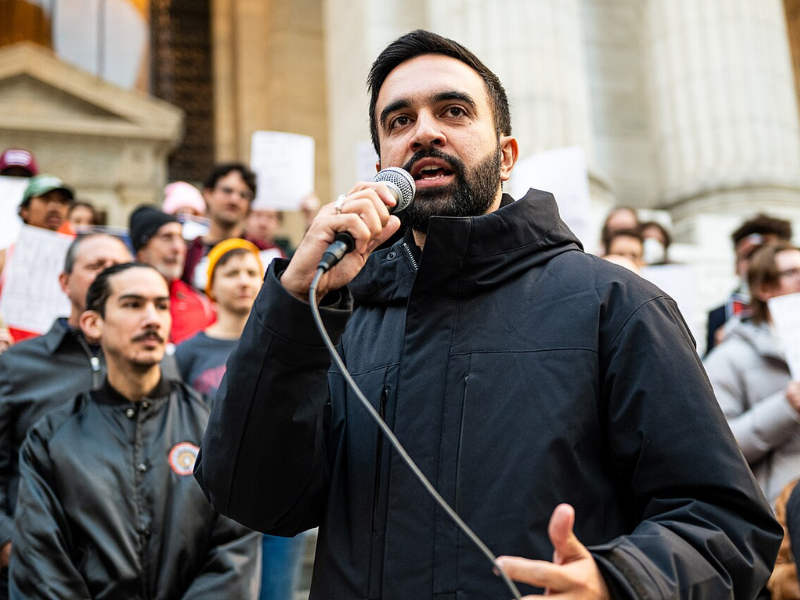It is commonly estimated that more than 20,000 federal, state, and local firearms laws are on the books in this country, and more are being written all the time. There is little evidence that these laws have restrained crime.
Nor is there much reason to believe that still more laws would produce additional public benefit. The reasons why are examined in this study.
Part 1 offers an overview of several pivotal issues in the gun control debate. First, we briefly address ten popular misunderstandings about crime, guns, and gun control.
Then we consider three of these misunderstandings in further depth, concluding:
- The problem of “friends killing friends” is much less troublesome than the media and other gun control advocates would have us believe. The evidence suggests that this problem is more accurately described as criminals killing criminal associates.
- Mandatory waiting periods (such as those required under the Brady law) affect legitimate users of firearms more than criminals and the mentally ill, against whom waiting periods are supposedly directed.
- Drive-by shootings are already against the law; in fact, they are potential death penalty cases under the Illinois criminal code. There is no reason to believe that additional gun control laws aimed at drive-by shootings will provide any increment of deterrence.
In Part 2, The Record on Gun Control, we ask: What has it achieved for Americans to date? Many respected researchers–James Wright and Peter Rossi, Gary Kleck, Brandon Centerwall, and others–have found little or no direct connection between gun control and crime. A case study of Chicago’s experience with gun control closes this section.
Part 3, The Economics of Gun Control, helps explain why the record on gun control is so poor. Gun control laws intend to affect both the supply and the demand for guns in the illegal market by raising the price of obtaining guns in the legal market. Economics–the science of supply and demand–offers an ideal framework for understanding the likely outcome of gun control policies.
We offer a summary and concluding remarks in Part 4.



